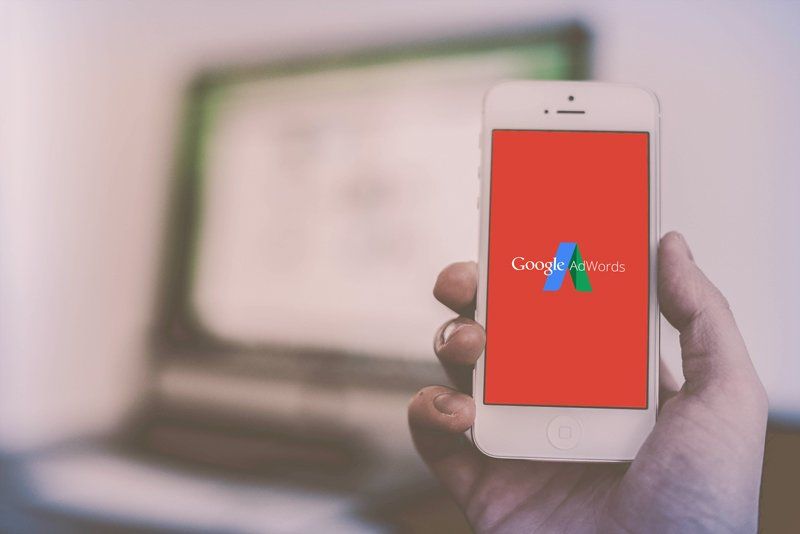Acronymically Speaking
- By Duston Moore
- •
- 07 Apr, 2017
- •
The New(ish) Language Of Marketing

SEO, SEM, PPC, SERPs and more! The language of marketing evolves constantly because marketing is directly driven by innovation. Lets take a look at what these acronyms stand for and how they are used in the ever-evolving world of digital marketing.
Before we get started, just know that this is not meant to be an exhaustive list/resource, and is only a beginning point to the lifetime process of digital marketing education. Also, I will be referencing Google but the info is pretty much the same for all primary domestic search engines.
SERP – Search Engine Results Page
WHAT IS IT
SERPs are exactly what the sound like. When someone performs a search on Google, a page appears with all the results. This is the search engine results page. Google believes that these pages are filled with the most relevant websites available for the search query performed. WordStream has put together a nice resource that walks through what SERPs are and what they are made up of.
SEO – Search Engine Optimization
WHAT IS IT
SEO is a process… that never ends. Every website that Google knows about gets ranked based on criteria that Google has set. When a search query is performed Google will list all the organic/relevant websites in a certain order based on its relevance to the search query. SEO is the only way to show up in the top spots of Google’s organic search engine results page. Here is Google’s SEO starter guide. It really is a good tool to get started but just know that Google’s criteria is always changing. Also, here is a nice post from Search Engine Land that goes into some greater detail.
SEM – Search Engine Marketing
WHAT IS IT
SEM involves the purchasing of ad space on Google’s SERPs. There are a couple of ways to do this. The first way is to use text ads that show up above, to the right of, and below the organic results. The ads are created by the advertiser and are shown when a search query is performed using the keywords they are targeting. The second way is to run shopping ads that are formed out of data feeds that an advertiser loads into Google’s Merchant Center. Google then will pull the data and use information from the product page specified in the data feed to create the ad. Shopping ads will contain images, pricing info and more. Here is another good article from Search Engine Land on the topic of SEM.
PPC – Pay-Per-Click
WHAT IS IT
PPC is a charging model in the digital advertising world. The concept is easy. A search engine, social platform or any other website will show ads but will only charge the advertiser when that ad is clicked. Easy enough. There are other methods of charging as well. A common one that is used in display advertising is CPM or cost-per-thousand.
For a more extensive list, check out this blog post from Lindsay Kolowich on Hubspot.
If your considering the possibilities of SEO and SEM for your business, contact Paid Peace today and a FREE consultation to see how search engine marketing can increase ROI and give you peace of mind in your online marketing efforts.



